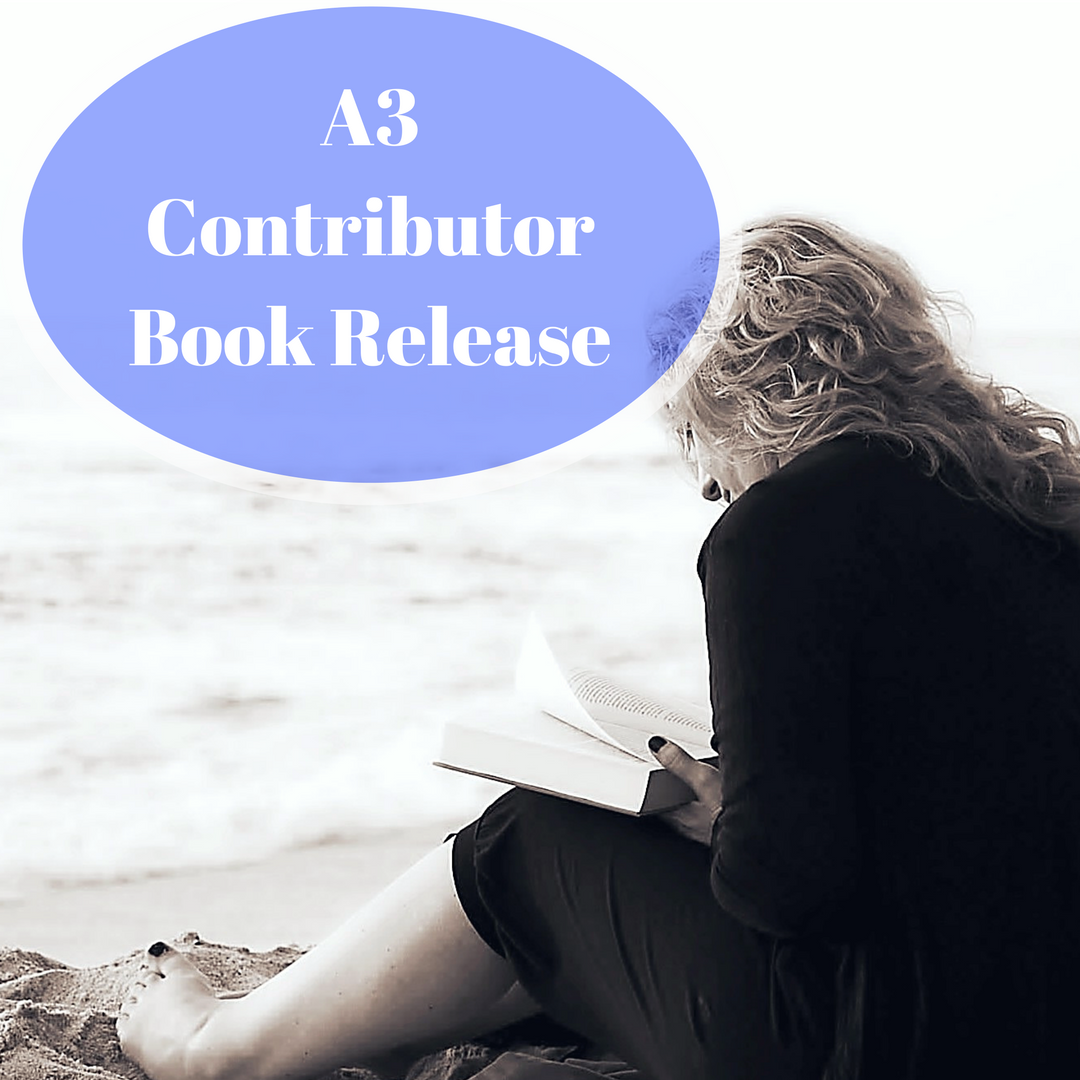
October Releases
Almost an Author is pleased to announce book releases this month by two regular columnists, Lori Z. Scott (Mastering…
October 23, 2023
Almost an Author is pleased to announce book releases this month by two regular columnists, Lori Z. Scott (Mastering…
October 23, 2023
When I sat down to write my first mystery, I knew I needed a guide. I’d written a few…
July 24, 2023
Writers Chat, hosted by Jean Wise, Johnnie Alexander, and Brandy Brow, is the show where we talk about all…
May 31, 2023
We writers are good with words, but we may not be so good with images. For those of us…
May 24, 2023
As writers, we want to grab our reader’s attention from the very first sentence and keep them reading to…
April 24, 2023
All writers suffer with creative blocks from time to time. You may not find yourself staring at a blank…
January 24, 2023
When it comes to marketing, most of us can use all the help we can get. Savvy authors know…
January 8, 2021
It’s a brand new year. That means a new start to achieving new goals and a fresh clean slate…
January 16, 2020
Book reviews are critical as a social buy-in for your book and to market your book through higher placement…
November 18, 2019
Is writing a competitive business, or a complimentary one? As hard as it is to admit this, I have…
September 18, 2019
Join Johnnie Alexander, Melissa Stroh and the Writers Chat gang as we share favorite books that have inspired and…
March 1, 2018
Elaine Marie Cooper If you have not read Part 1 of this two-part series on getting reviews, click here…
March 3, 2016